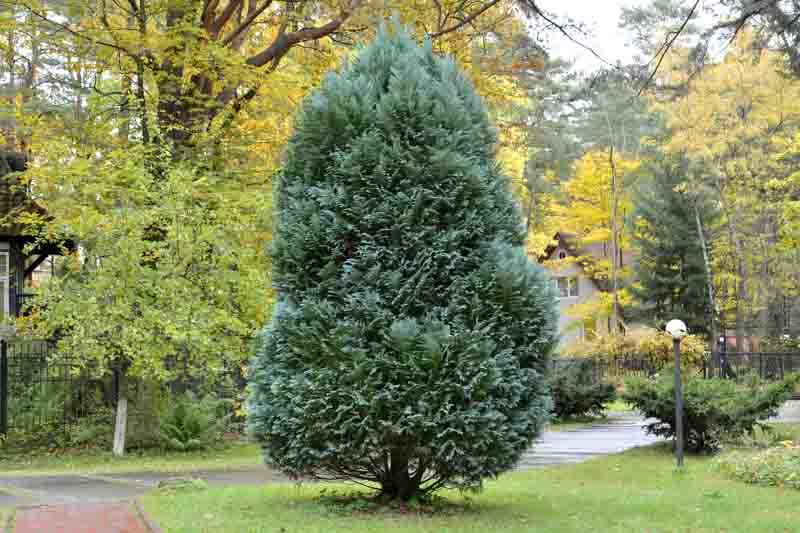Oriental Arborvitae: Versatile Evergreen for Elegant Gardens
Oriental Arborvitae (Platycladus orientalis), also known as Chinese Arborvitae, is a distinctive evergreen tree belonging to the Cupressaceae family.
Species: The species, scientifically named Platycladus orientalis, was previously classified under the genus Thuja and is still commonly referred to as Thuja orientalis. This species is noted for its unique foliage and growth patterns, which have inspired a variety of cultivated forms.
Native: Oriental Arborvitae is native to northeastern parts of Asia, particularly China. It is a traditional fixture in Asian landscape design and has been a part of the horticultural practice for centuries, especially in China and Korea.
Habit: This tree typically has a conical or pyramidal shape, with a compact and dense growth habit. Cultivars of this species may vary in form, ranging from upright and columnar to rounded and dwarf forms, catering to different landscaping needs.
Hardiness: Oriental Arborvitae is hardy in USDA zones 6 through 9. It’s adaptable to a range of climatic conditions but thrives best in temperate regions.
Foliage: The foliage of Oriental Arborvitae is one of its most striking features. The leaves are small, scale-like, and grow in flattened sprays. The color can range from bright green to golden, depending on the cultivar and environmental conditions.
Uses: It is widely used for hedges, screens, and foundation plantings. Its compact cultivars are popular in rock gardens and as specimen plants. In its native region, it’s often used in traditional Asian garden design and bonsai

